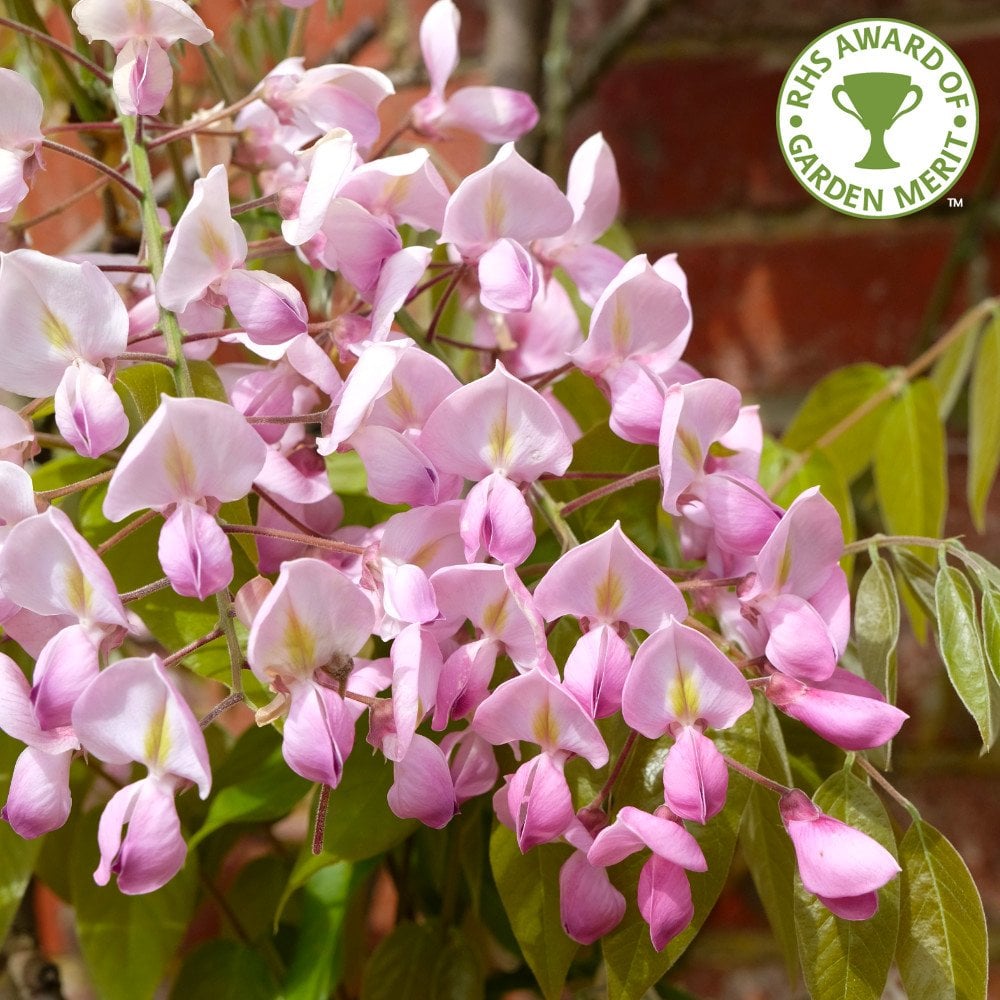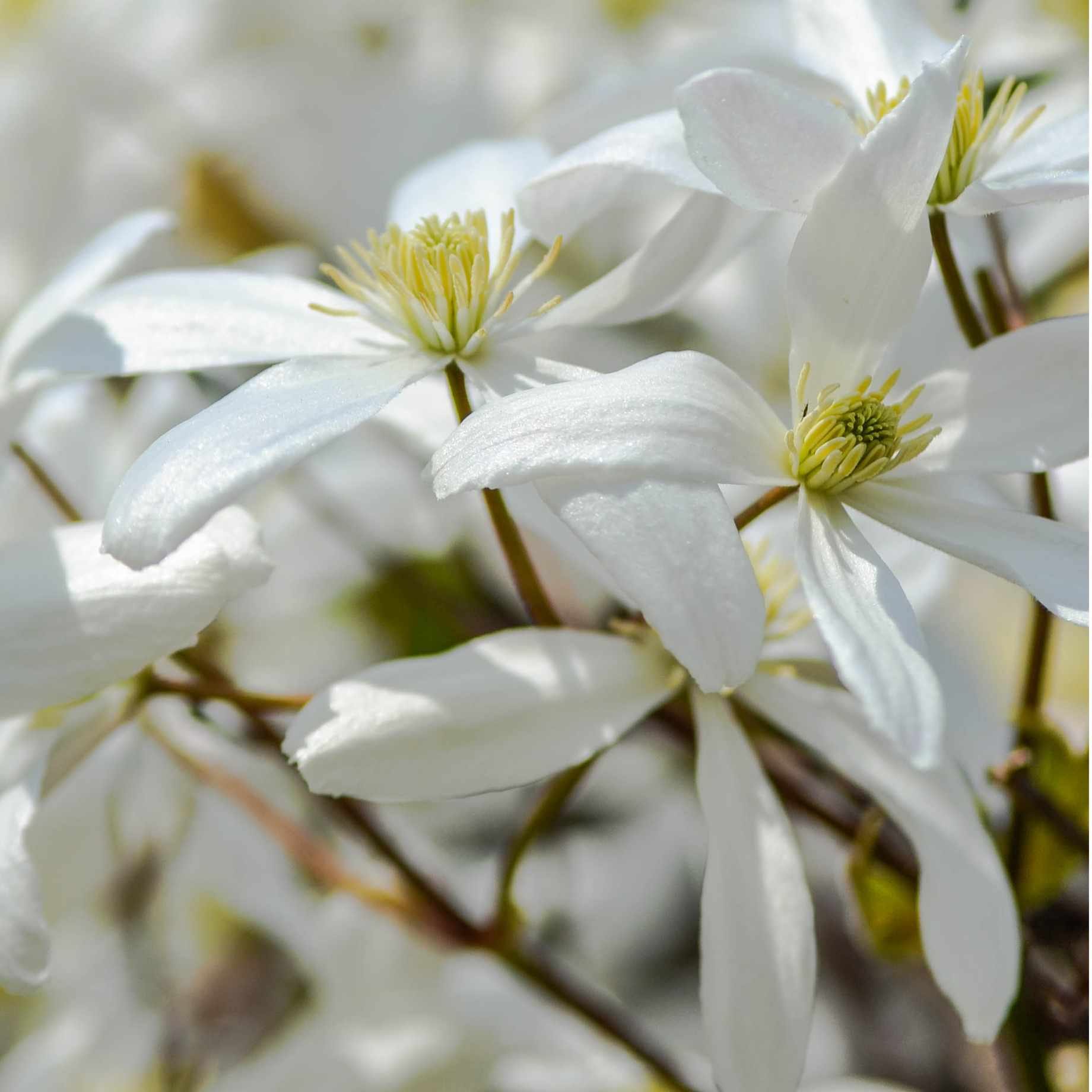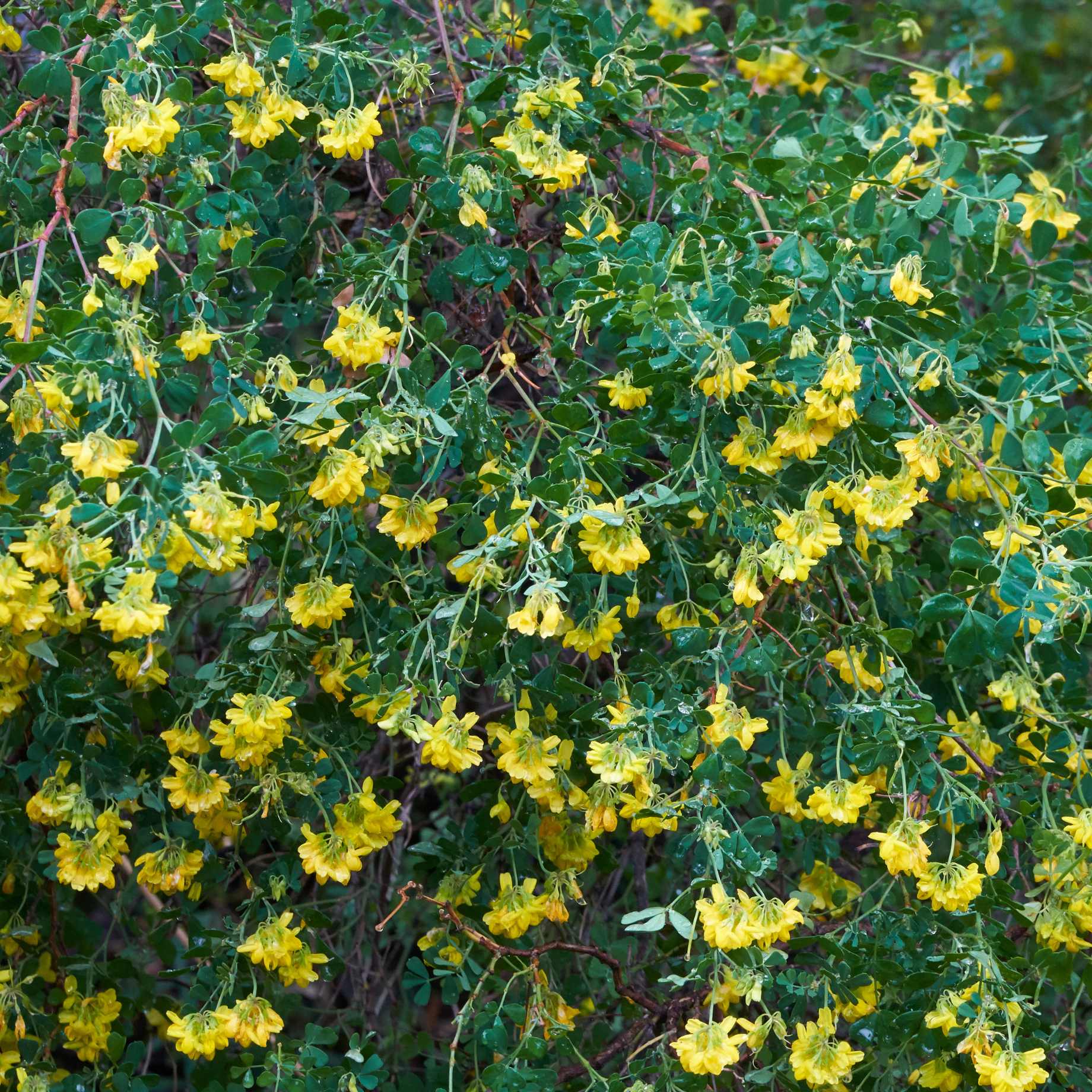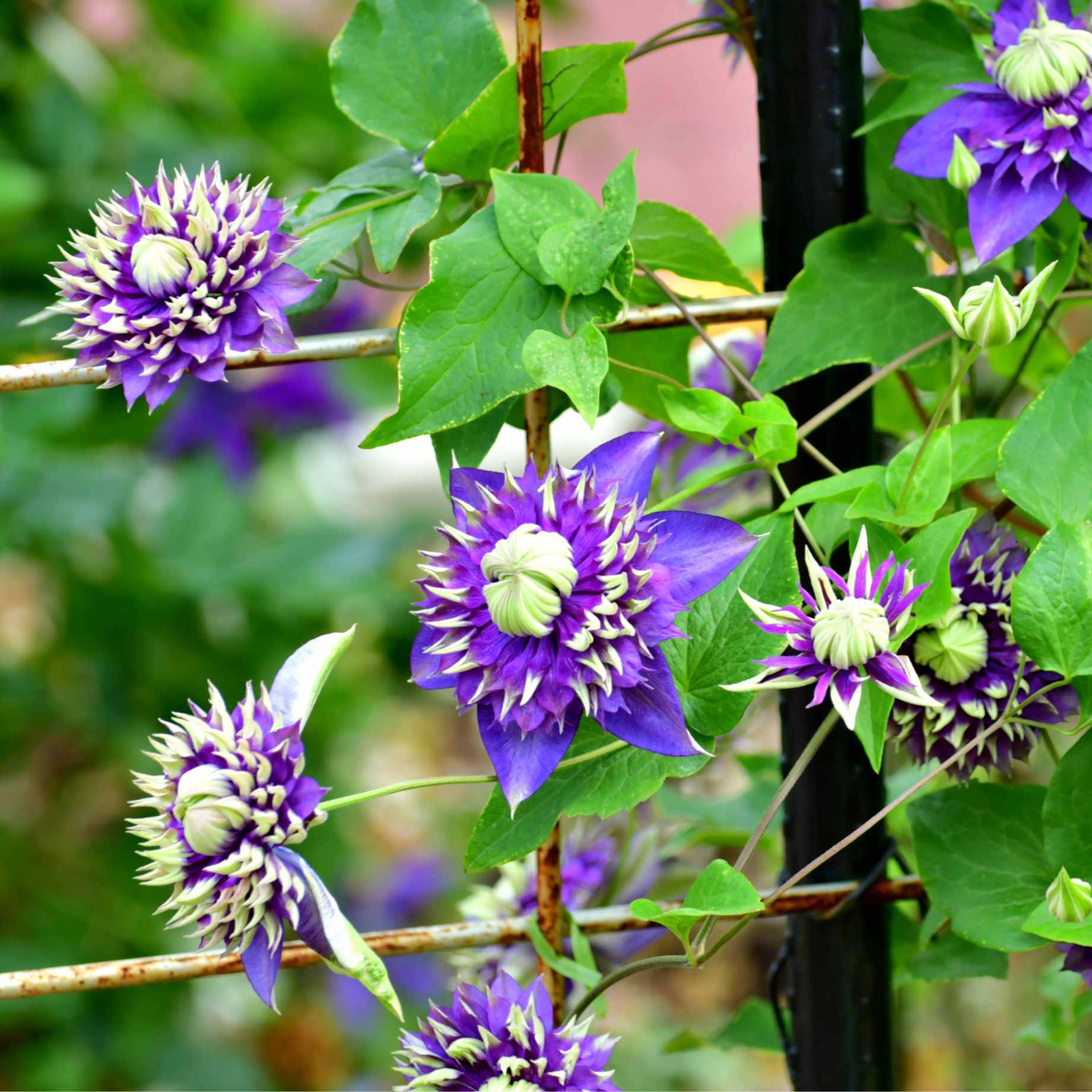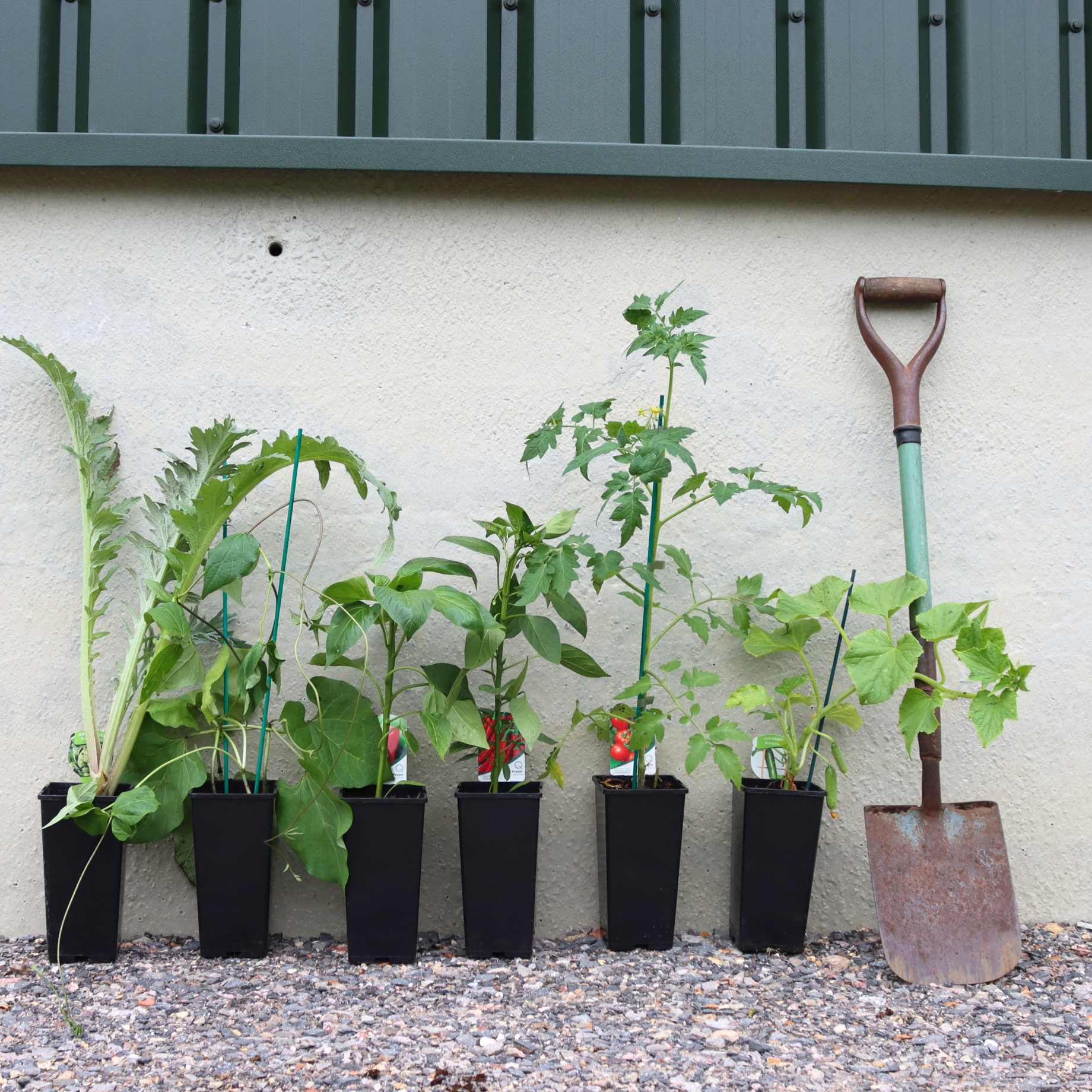Key features
AwardsRHS Award of Garden Merit
Final sizeQuince A 4-5m in 10 years
FruitCooking
Pollination groupSelf fertile
Cropping periodMid season (October)
Description
Bumper crops of large yellow quince can be expected from this variety. Vranja quince have excellent flavour and fragrance. Often used to enhance apple pies, quince can also be used in jams, jellies and marmalades.
Soft pink flowers in April and large rounded leaves with drooping branches and good autumn yellow colour make this a very attractive garden tree. The RHS has recognised this Quince variety with the Award of Garden Merit.
The full latin name of this popular variety is Cydonia oblonga Vranja Nenadovic! A bit of a tongue twister so it’s commonly just called Vranja. It originates from Serbia in 1800.
Planting Steps
1Preparation
- Pot-grown plants can be planted at any time of year, whereas bare roots need to be planted between November and March.
- Clear weeds and grass within a metre of the planting hole.
- Dig a hole as deep as the root mass and twice as wide.
- To help your plant establish more effectively, sprinkle Rootgrow in the hole.
2Planting
- Gently loosen the roots and place into the planting hole.
- Ensure the top of the plant’s compost is flush with the level of the surrounding soil and the graft union or collar of the tree is above ground level.
- Mix 50% of the original soil with 50% compost.
- Fill in the hole, firming the soil gently.
3Last Steps
- Water generously around the base of the plant.
- If you are planting either a single stem tree or mature standard tree, we recommend adding a staking kit and rabbit guard.
Aftercare Advice
Trees and shrubs require a good watering regime for a couple of years whilst they establish. Water well and regularly through spring and summer, increasing in hot or dry weather. If planting in autumn, you may only need to water a little. It is advisable to keep the area free of competing weeds and grass during this period.
For more detailed advice and video guides, please visit our Help & Advice section.



